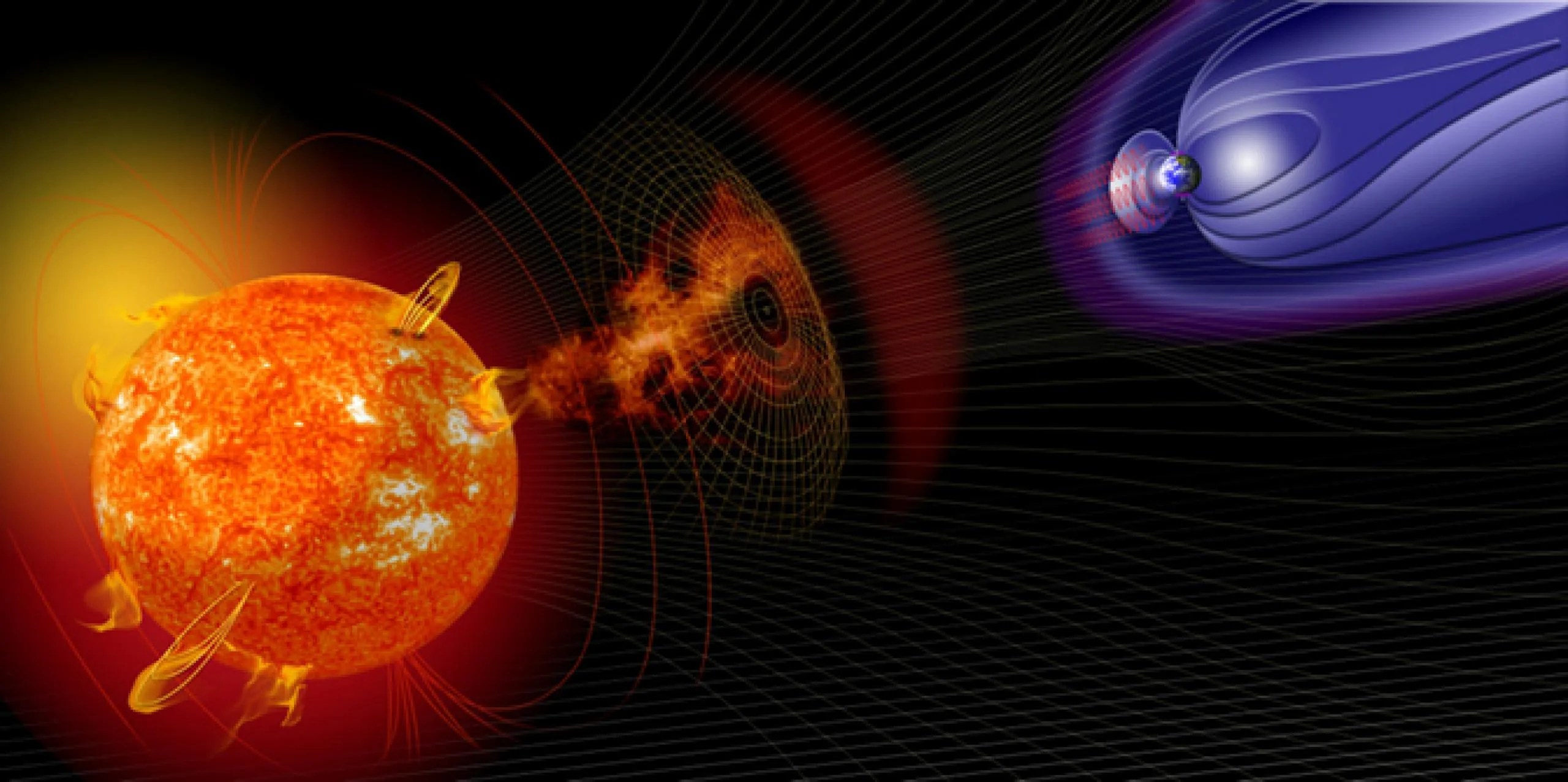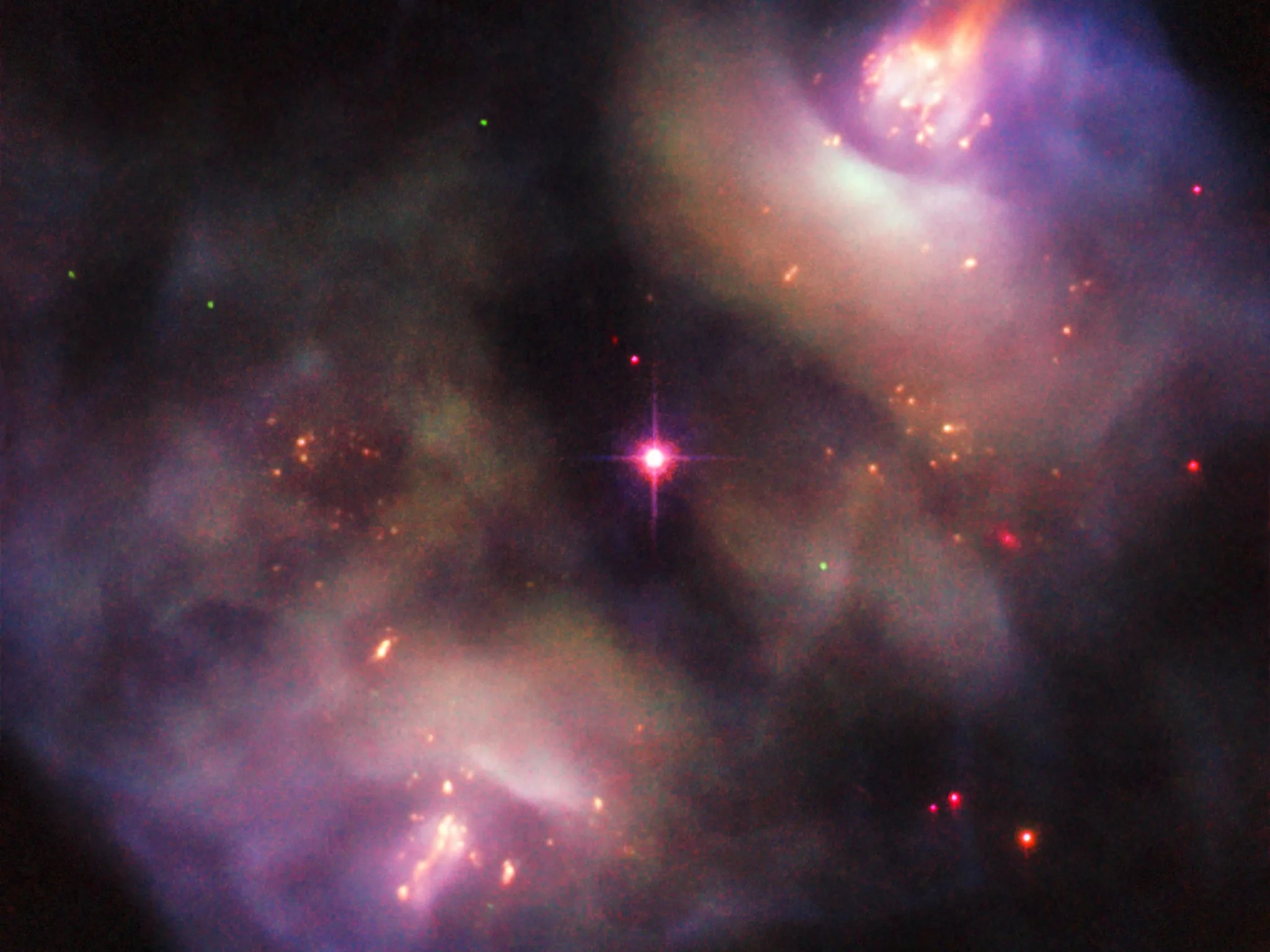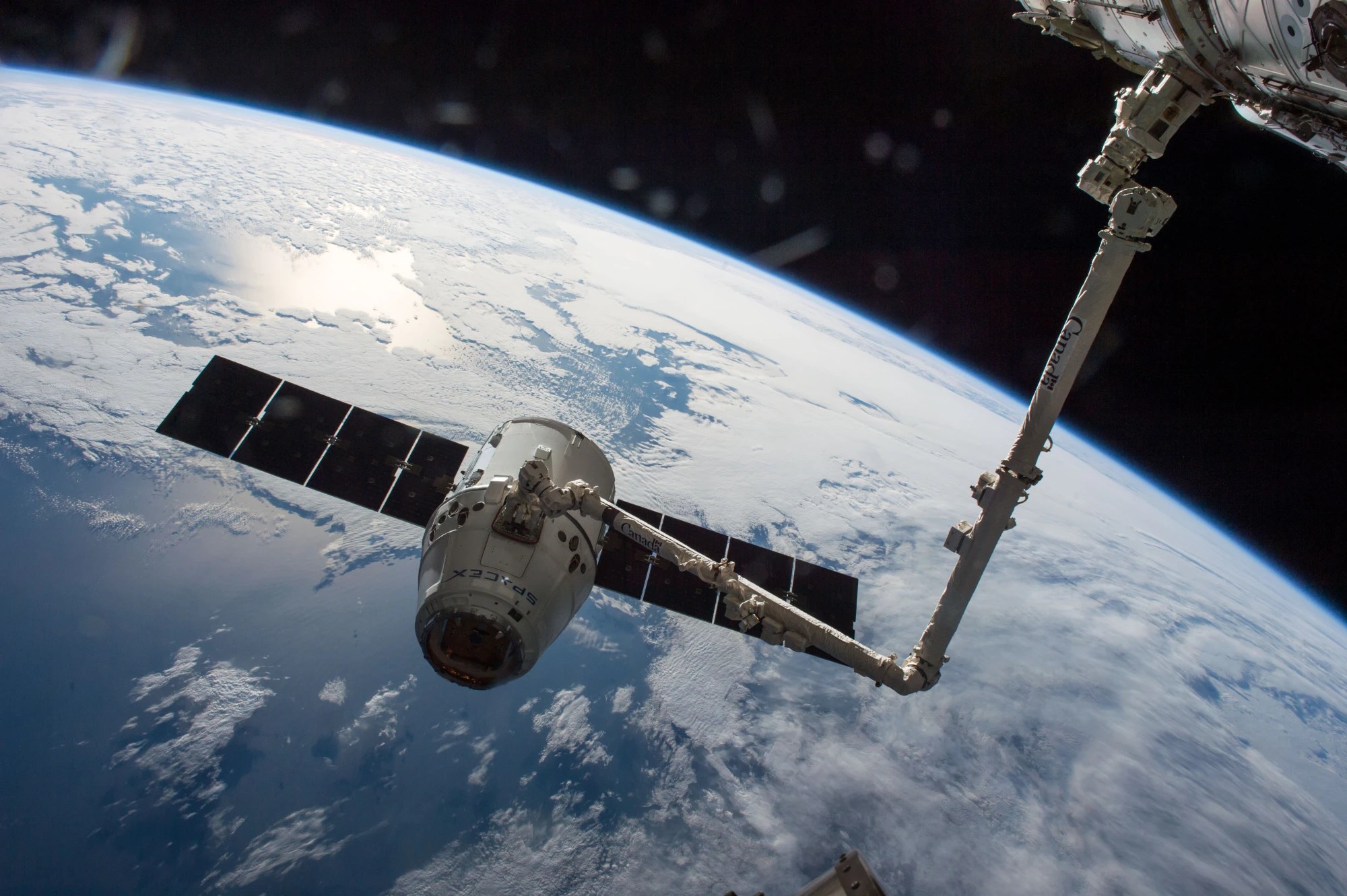Ionosphere, Thermosphere & Mesosphere
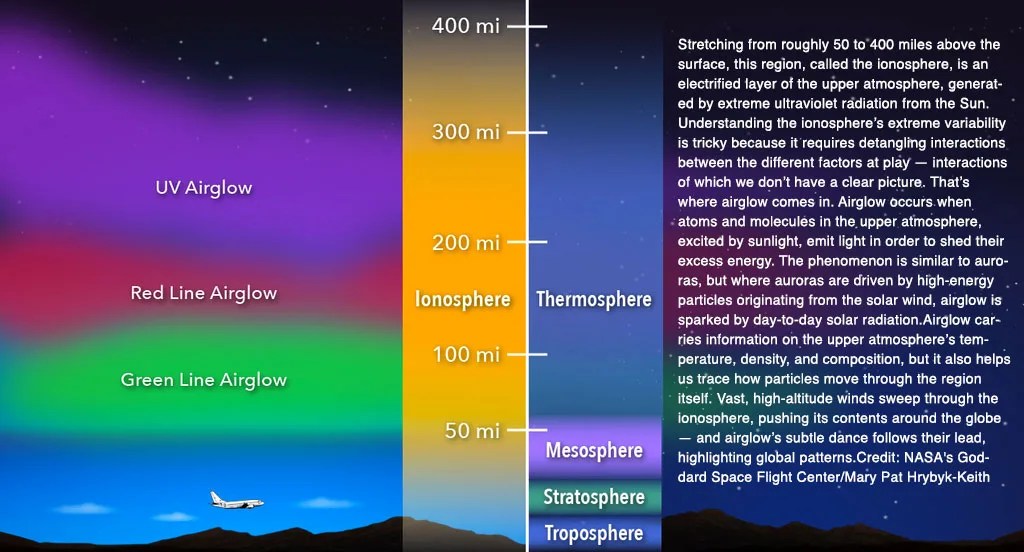
NASA’s heliophysics researches the ionosphere-thermosphere-mesosphere region where our neutral atmosphere transitions into the ionized plasma of space. In this thin shell that surrounds our home planet, the atmosphere is in constant motion, shaped by the influence of both solar activity and changes in the lower atmosphere and in near-Earth space. But this region is more than just a passive boundary — energy is not only deposited but also transformed in and transported through this region, and it’s an active source of energy and plasma into the magnetosphere.
Interactions here create highly variable space weather effects that impact communications and navigation signals, satellite orbits, and create currents in Earth’s crust that affect our infrastructure on the ground. At lower altitudes in this region, chemical reactions can form reactive molecules that destroy stratospheric ozone, noctilucent clouds form and evolve, meteors ablate and break up, and towering electrical discharges such as sprites and elves conduct massive currents.
NASA studies this region through a variety of techniques and from a variety of perspectives. Our research uses suborbital technology, such as sounding rockets, which gather data for five to ten minutes at a time, or balloons, which can stay aloft for days to weeks. Ground-based observations of the upper atmosphere and electrical current systems are made from a wide variety of instruments scattered over the globe. Finally, NASA relies on orbiting satellite missions to provide global views of this important and fascinating region. These include missions such as our ICON and GOLD missions, which are the most recently launched to study this area, as well as older missions like TIMED and AIM. These missions all provide different ways to study how earth’s weather and space weather interact.
Based on the 2013 Decadal Survey for heliophysics, NASA is also preparing the Geospace Dynamics Constellation (GDC). GDC will provide the first direct global measurements of Earth’s dynamic, complex ionosphere and thermosphere – akin to the launch of the early weather satellites that gave scientists the first worldwide view of weather systems. Using an array of sensors working together to gather comprehensive observations, GDC will explore the fundamental physics of this region. The level of detail and resolution provided by GDC will give us an unprecedented understanding of the space environment surrounding our home planet.
In addition to helping us understand our own planet, ITM science also has implications for atmospheres on other planets and what makes them habitable. In order to further this research NASA heliophysics consciously seeks opportunities for planetary and Earth science collaboration.
The Sun
The sun is a dynamic star, made of super-hot ionized gas called plasma.
The sun's surface and atmosphere change continually, driven by the magnetic forces generated by this constantly-moving plasma. The sun releases energy in two ways: the usual flow of light that illuminates the Earth and makes life possible; but also in more violent and dramatic ways--it gives off bursts of light, particles, and magnetic fields that can have ripple effects all the way out to the solar system's magnetic edge.
Read More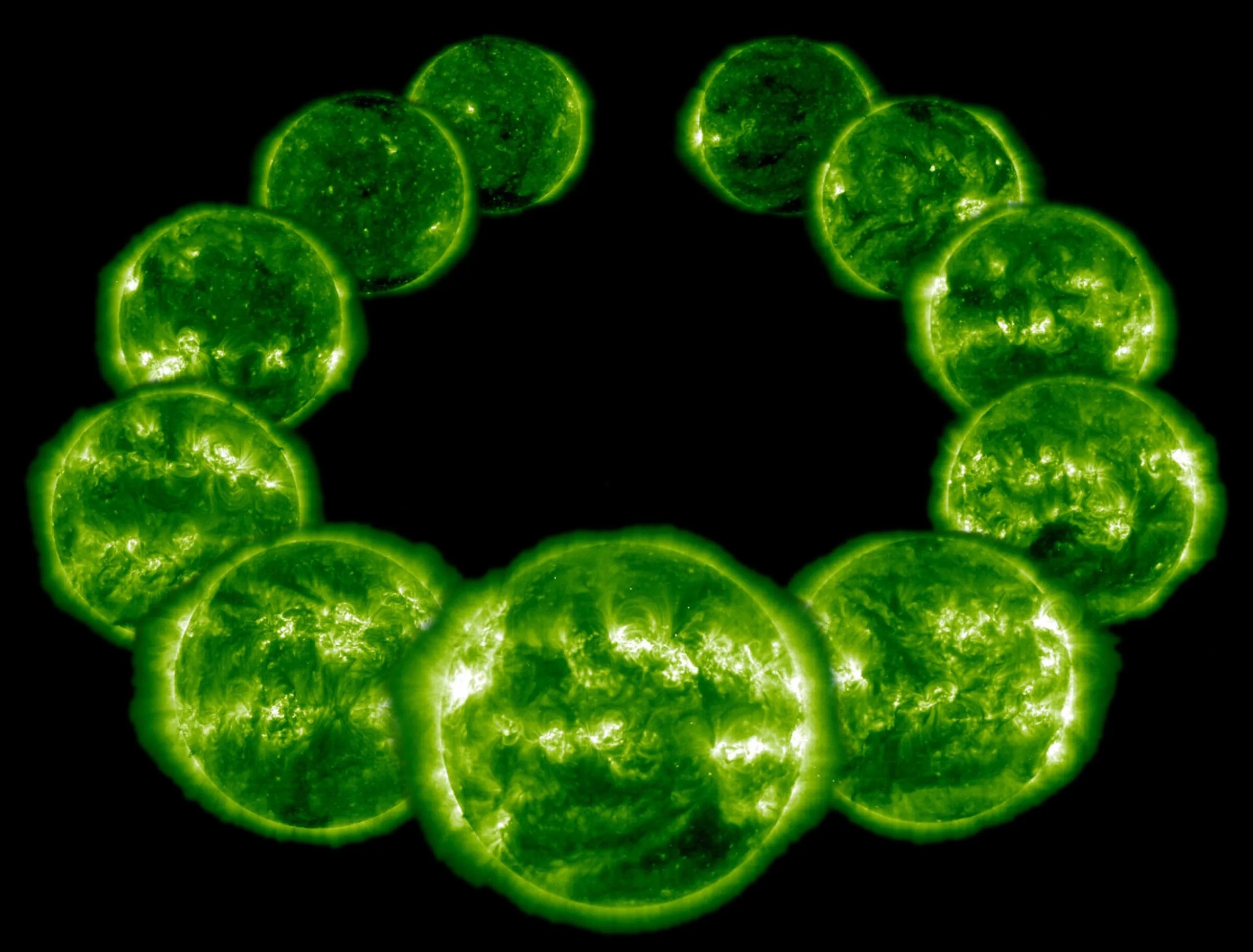
Magnetospheres
A magnetosphere is the region around a planet dominated by the planet's magnetic field.
Other planets in our solar system have magnetospheres, but Earth has the strongest one of all the rocky planets: Earth's magnetosphere is a vast, comet-shaped bubble, which has played a crucial role in our planet's habitability. Life on Earth initially developed and continues to be sustained under the protection of this magnetic environment.
Read More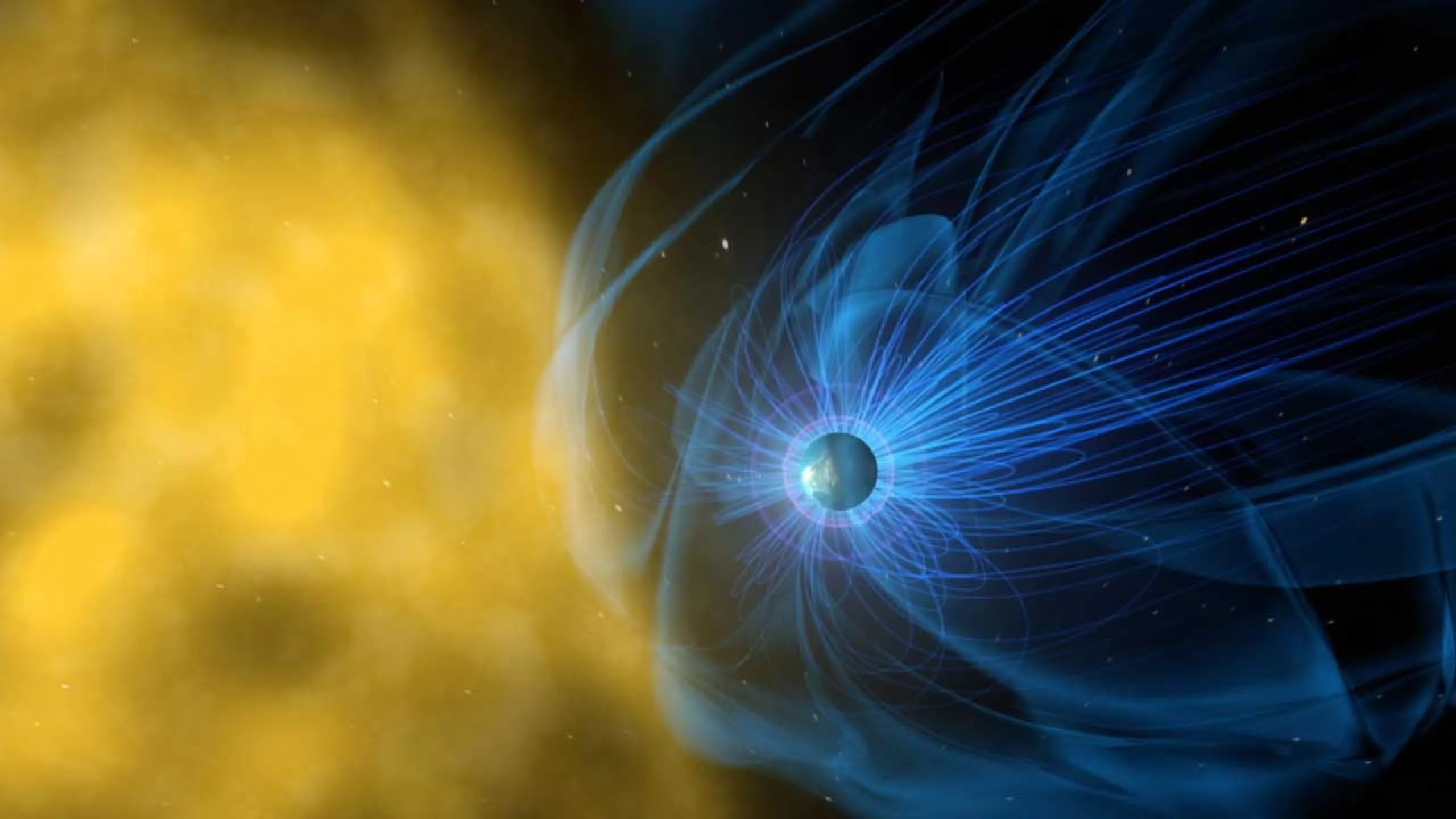
Space Weather
Though space is about a thousand times emptier than even the best laboratory vacuums on Earth, it’s not completely devoid of matter.
The sun’s constant outflow of solar wind fills space with a thin and tenuous wash of particles, fields, and plasma. This solar wind, along with other solar events like giant explosions called coronal mass ejections, influences the very nature of space and can interact with the magnetic systems of Earth and other worlds. Such effects also change the radiation environment through which our spacecraft – and, one day, our astronauts headed to Mars – travel.
Read More